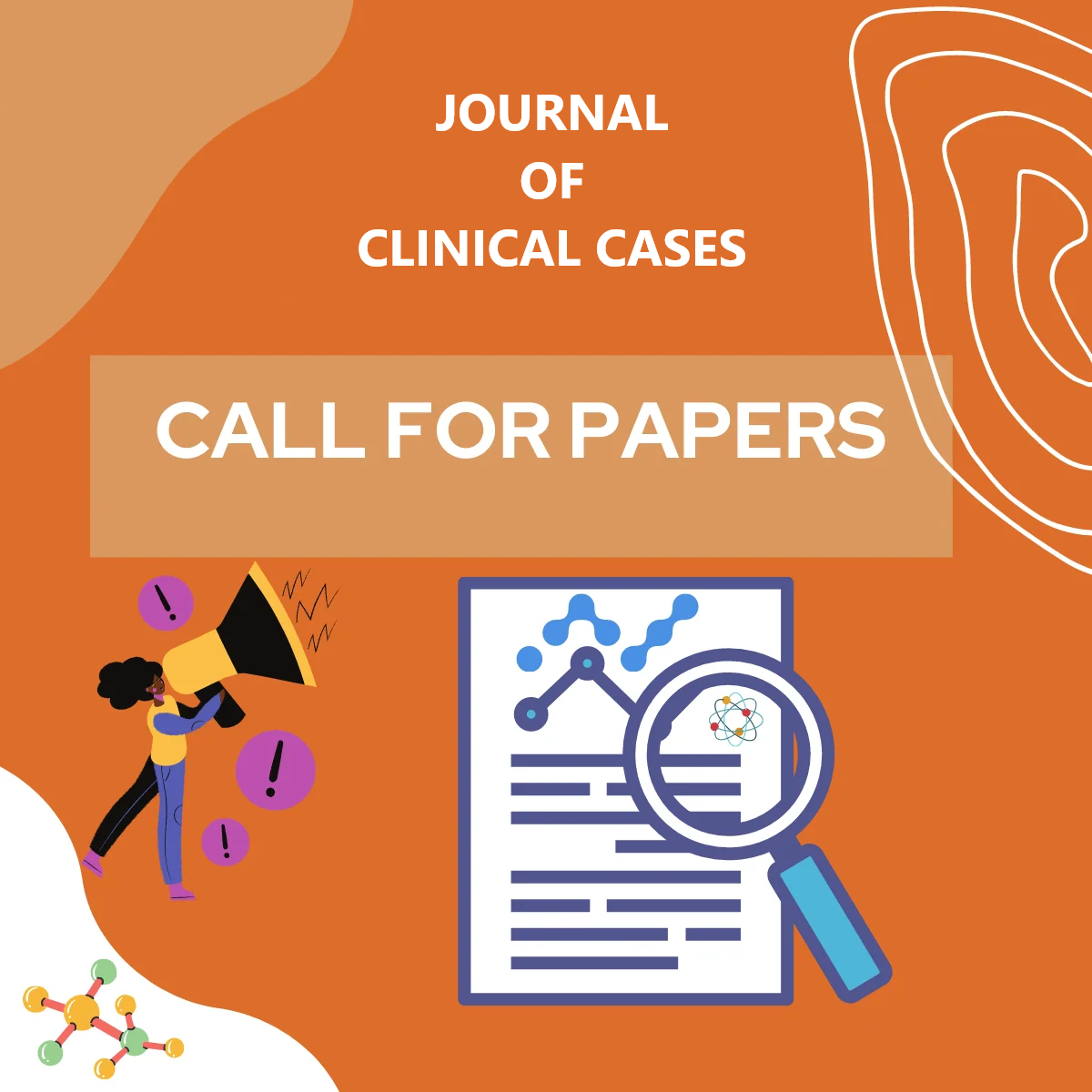Journal Citations
- Crossref
- PubMed
- Semantic Scholar
- Google Scholar
- Academia
- SCRIBD
- ISSUU
- Publons
- MENDELEY
Share This Page
Journal Page

A Case of MINOCA Associated With Swimming
Fu Fei, Fan Jun and Yang Lixia
Department
Clinical College of the 92nd Hospital of the PLA Joint Logistic Support
Force, Kunming Medical University, Kunming, Yunnan 650032
Corresponding Author: Yang Lixia
Published Date: 15 January 2024; Received Date: 27 Dec 2023
Abstract
1.1 The patient was 24 years old with body mass 72 kg, height 175 cm
and body mass index 21kg / m 2.
One day before the onset of the preheart area pain, dull pain, lasting for
several minutes to several hours. Accompanied by palpitation symptoms,
no cough, expectoration, no muscle soreness and other symptoms. He
went to the emergency department of our hospital with electrocardiogram
indicating “extensive anterior wall T wave high tip, AVL pathological Q
wave, ST segment elevation 0.1-0.2mv”, and “CK 1862U / L, CKMB
50U / L, TnI 0.0042 mg / L”, which was considered as acute coronary
syndrome. hospitalization was recommended, but the patient refused to be
hospitalized. On the second day of onset, the patient went to our hospital
again due to chest pain and palpitation, consistent with the initial visit.
The myocardial enzyme spectrum was reviewed “CK 1212U / L, CKMB
35U / L, TnI 0.0038 mg/L”, and he was hospitalized for further treatment.
Previous history of myocarditis (18 years ago). Physical examination for
admission: body temperature: 36.6℃, pulse: 106 times / min, breath: 19
times / min, blood pressure: 116 / 76mmHg, SPO 2:98%. It was clear,
a little wet rales could be heard in the lower lungs, with complete heart
rhythm, no noise in the auscultation area of the valve, no friction sound of
the pericardium, and mild edema in both lower limbs.
1.2 Disease changes and main treatment :
After the first day of admission (d1), another electrocardiogram indicated
“sinus tachycardia (heart rate 106 times / min), V1-V6 T wave high
tip, AVL pathological Q wave, ST elevation 0.1-0.2mv”, review of
myocardial zymogram (see Table 1), WBC: 12.97 * 10 ^ 9 / L, N%:
71.9%, lymphocyte percentage: 21.5%,CRP:3.90mg/L, BNP: 8 pg / ml,
and temporary tanshinone to improve circulatory therapy. In d2, cardiac
ultrasound indicated no obvious abnormality, coronary angiography
indicated “left trunk: no obvious abnormality; anterior descending branch:
30% stenosis, middle muscle bridge; spiral branch: small; RCA: large,
near lining not smooth”. And d3, nicdil was given to improve coronary
microcirculation and vitamin C anti-oxidative stress therapy. In d5,
myocardial core scanning was performed for the clavicle implantation.
The results indicated that when the left ventricular heart cavity was
slightly larger, the radioactivity of the lower left ventricular myocardial
was sparse, and the myocardial perfusion of the lower left ventricular
myocardial decreased in the resting state. And d6, review of myocardial
enzyme dropped to normal. And d11, symptoms disappeared, normal
indicators, and he was discharged from recovery.
1.3 Follow-up discharge regular oral Nick dil tablets.
At follow-up after 1 month, ECG indicated “sinus rhythm; T wave high tip
(heart rate 61 beats / min)”, test “BNP 12.4pg/ml, CK 78U / L, CKMB 8U /
L” and cardiac ultrasound “LA 31mm LV49mm EF65.1%”. Three months
after discharge, myocardial nuclear scan was reviewed and myocardial
perfusion returned to normal.

